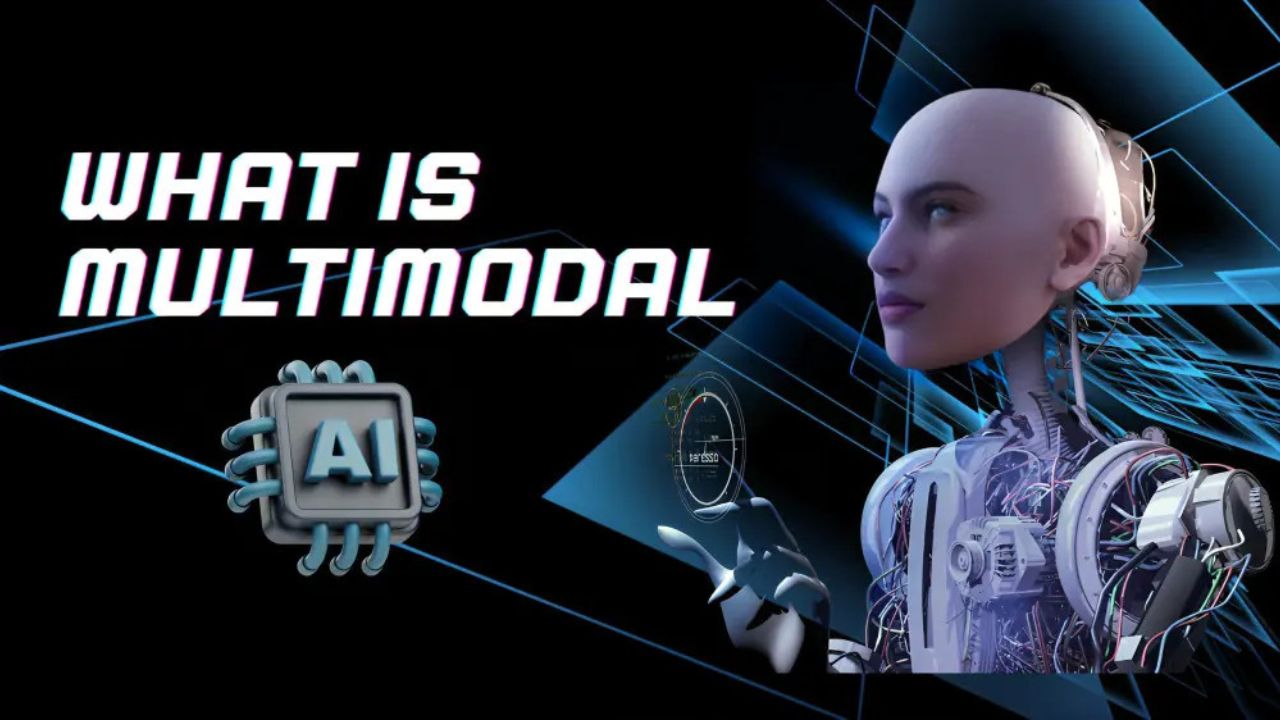Artificial intelligence (AI) has led to the emergence of numerous specialized branches in today’s digital landscape that address various aspects of human-like cognition. Multimodal AI is an area of artificial intelligence that is expanding quickly. What is multimodal AI, and how does it impact our daily lives? Let’s get into the basics without getting bogged down in technical jargon.
What is Multimodal AI?
Artificial intelligence that combines various data types, or modes, to produce more precise predictions, insightful conclusions, or judgments about real-world issues is known as multimodal AI. In addition to various conventional numerical data sets, multimodal AI systems are trained on video, audio, speech, images, and text. Most notably, multimodal AI adds something that previous AI did not: multiple data types are used in concert to assist AI in establishing content and improving context interpretation.
The Challenges of Implementing Multimodal AI Solutions
There are countless opportunities presented by the multimodal AI boom for organizations, governments, and people. But, as with any emerging technology, it can be difficult to integrate them into your regular business processes.
The first step is to find the use cases that best meet your specific needs. Moving from concept to implementation is not always easy, especially if the necessary personnel to fully understand the technical aspects of multimodal AI is lacking. However, given the current data literacy skill gap, finding the right people to put your models into production can be difficult and costly, as companies are willing to pay high salaries to attract such a limited talent pool.
Lastly, it is imperative to discuss affordability when discussing generative AI. These models, particularly the multimodal ones, cost money to run because they need a lot of processing power. It is therefore crucial to determine how much money you want to spend before implementing any generative AI solution.
Risks of Multimodal AI
- Lack of transparency: One of the primary issues with generative AI is algorithmic opacity. This also holds for multimodal AI. Because of their intricacy, these modes are frequently referred to as “black box” models since it is hard to keep an eye on their internal logic and reasoning.
- Multimodal AI monopoly: Only a handful of leading technology firms have the capabilities and knowledge required to develop, train, and manage a multimodal model, leading to a heavily concentrated market. However, there is a positive trend emerging with the growing availability of open-source LLMs, which are becoming more accessible and usable for developers, AI researchers, and the broader community.
- Bias and discrimination: Multimodal AI models may contain biases that lead to unfair decisions that frequently exacerbate discrimination, especially against minority groups, depending on the data used to train them. Transparency is crucial in this situation, as was previously indicated, to identify and address any potential biases.
- Privacy issues: Large volumes of data in a variety of formats and sources are used to train multimodal AI models. It frequently contains personal information. Concerns and dangers about data security and privacy may result from this.
- Ethical considerations: Sometimes, multimodal AI can result in choices that profoundly affect our basic rights and have a big impact on our lives. In a different post, we discussed the ethics of generative AI.
What technologies are associated with multimodal AI?
The set of neural networks called an input module is in charge of taking in and interpreting—or encoding—various kinds of data, including speech and vision. Any multimodal AI input module should contain multiple unimodal neural networks since each type of data is typically handled by a different neural network.
Fusion modules require combining, aligning, and processing the relevant data from each modality—speech, text, vision, and so on—to create a coherent dataset that leverages the benefits of each data type. A wide range of mathematical and data processing techniques, such as transformer models and graph convolutional networks, are employed in fusion.
The multimodal AI’s output is produced by an output module, which also has the responsibility of suggesting other useful output that the system or a human operator can apply, as well as generating predictions and decisions.
Technologies based on natural language processing (NLP) offer text-to-speech or speech output in addition to speech recognition and speech-to-text capabilities. Lastly, NLP technologies provide context to the processing by identifying vocal inflections like stress or sarcasm.
Computer vision technologies are used to capture images and videos, making it easier to identify objects and distinguish between different activities like running and jumping.
The multimodal AI can align, combine, prioritize, and filter data inputs across its different data types with the help of integration systems. Because integration is essential to the development of context and context-based decision-making, this is the key to multimodal AI.
What are the use cases for multimodal AI?
- Computer vision: Beyond object identification, computer vision will play an increasingly important role in the future. Combining different data types allows AI to recognize an image’s context and draw more accurate conclusions. For example, if an object is associated with both the image and sounds of a dog, it is more likely to be correctly identified as such. Combining facial recognition with NLP could also lead to improved person identification.
- Language processing: Sentiment analysis and other NLP tasks are carried out by multimodal AI. To adjust or modify responses to a user’s needs, for instance, a system might recognize signs of stress in the user’s voice and combine them with signs of anger in the user’s facial expression. Similarly, an AI’s ability to pronounce words correctly and speak in different languages can be enhanced by fusing text and voice.
- Robotics: The development of multimodal artificial intelligence (AI) is essential to robotics because robots have to interact with people, animals, vehicles, buildings access points, and a host of other objects in real-world settings. Multimodal AI builds a comprehensive picture of the environment and enhances interaction with it by utilizing data from cameras, microphones, GPS, and other sensors.
Conclusion
What is Multimodal AI, which combines various data types to provide nuanced insights, and ushers in a transformative era in AI? However, challenges loom, including integration barriers, cost constraints, and ethical quandaries such as bias and privacy concerns. Despite the risks, the democratization of AI and its numerous applications in vision, language, and robotics promises a future full of innovation and societal impact.





